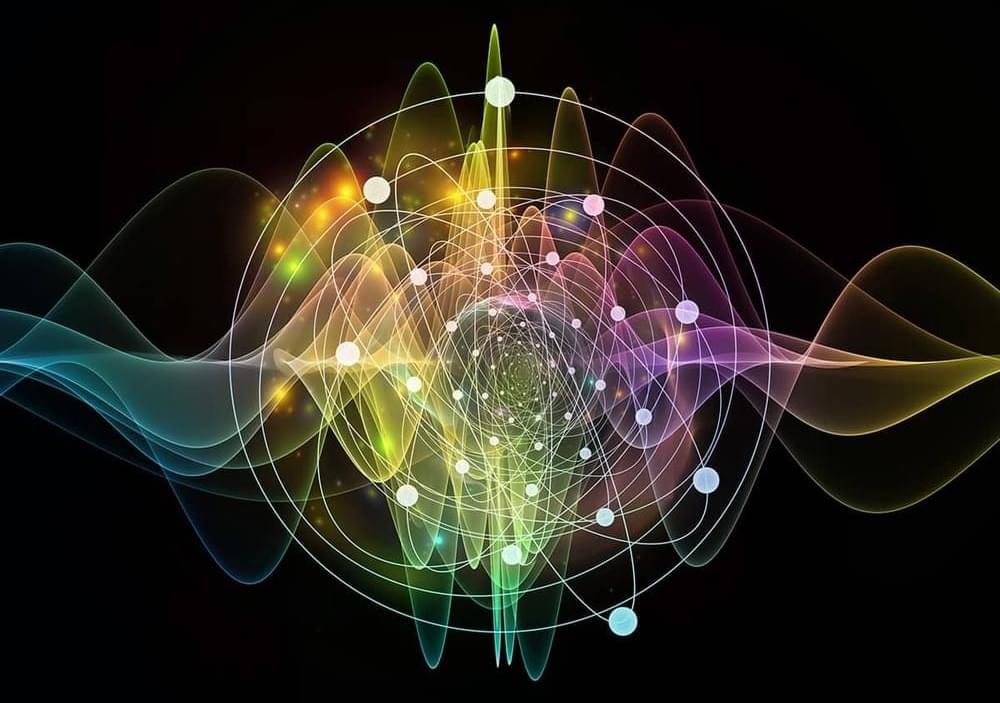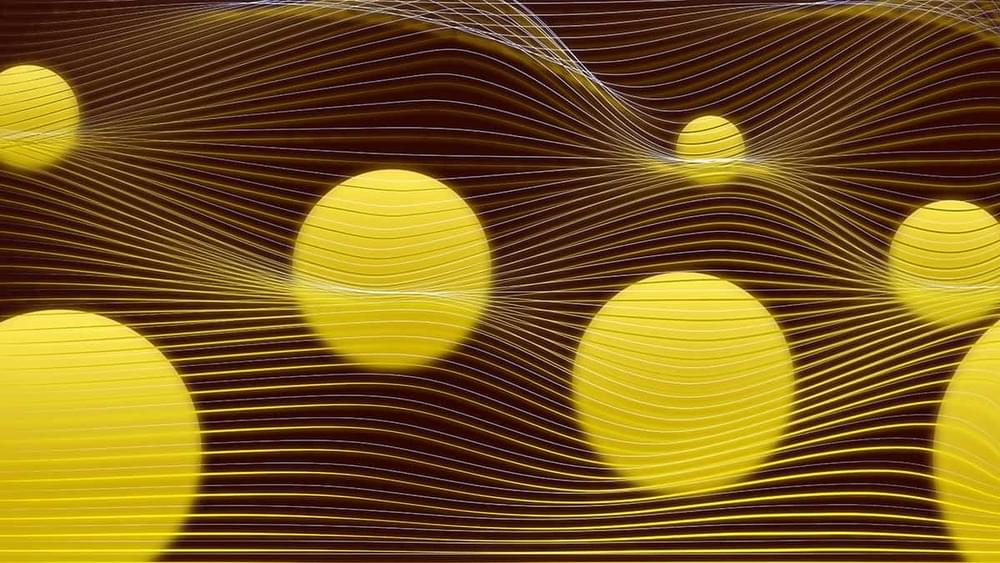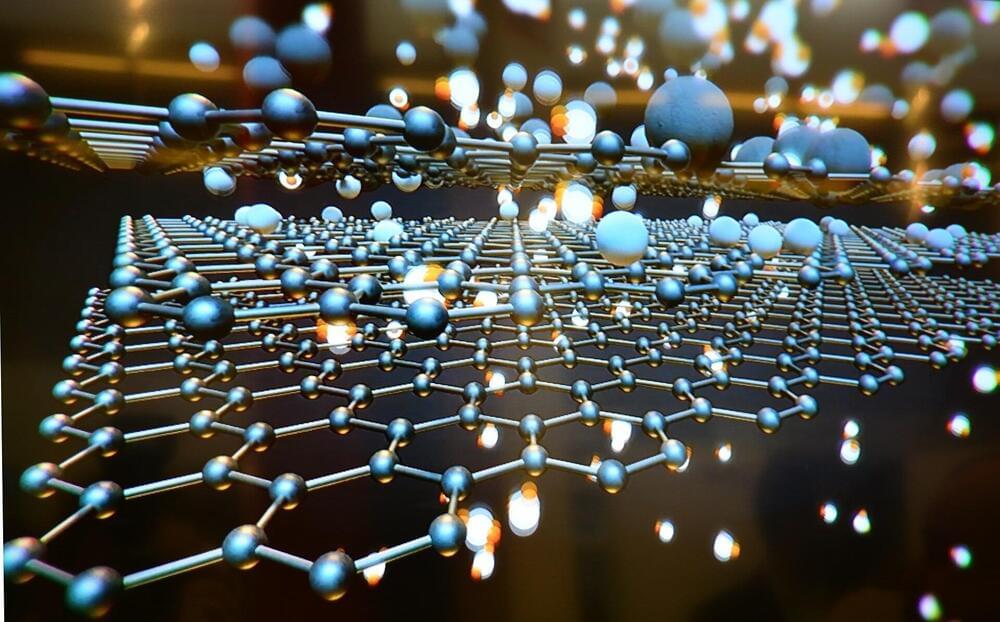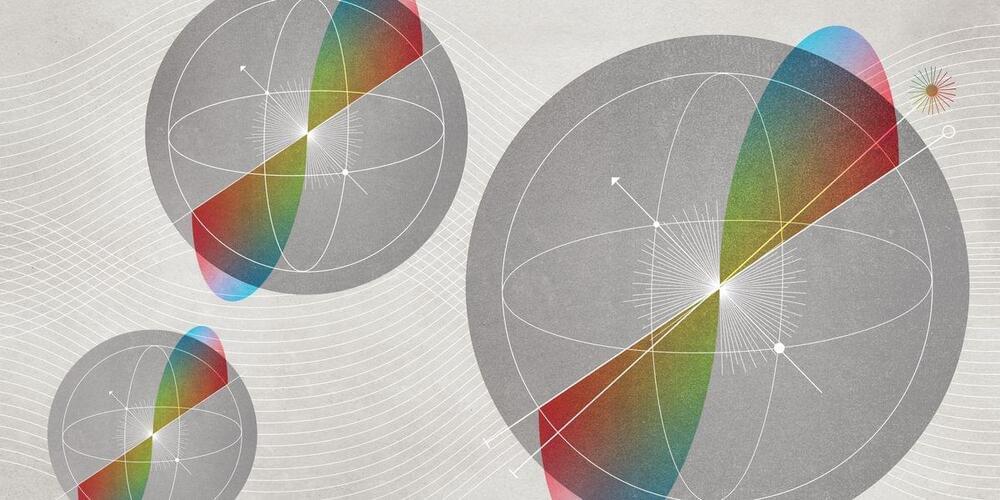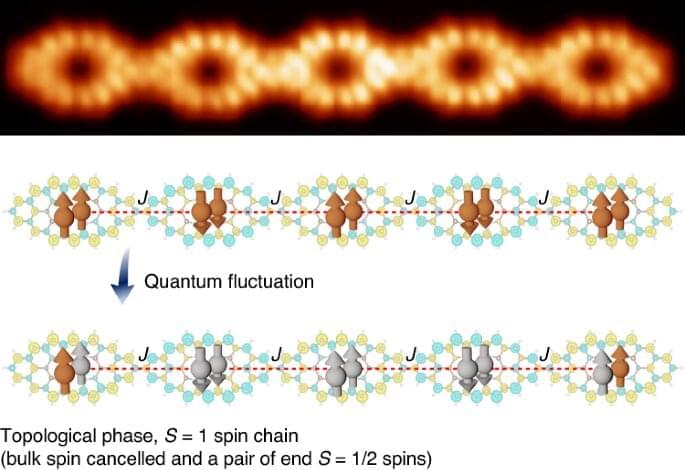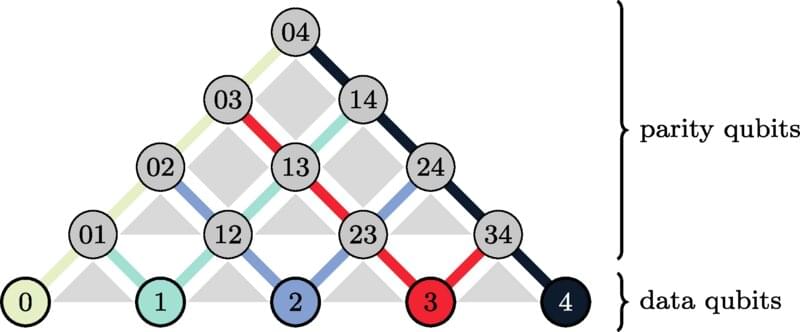Archive for the ‘quantum physics’ category: Page 333
Nov 5, 2022
How the Stern–Gerlach experiment made physicists believe in quantum mechanics
Posted by Paul Battista in category: quantum physics
A century ago, the German physicists Otto Stern and Walther Gerlach carried out an experiment that gave an important credibility boost to the new-fangled notion of quantum mechanics. But as Hamish Johnston discovers, their now-famous experiment succeeded even if the physics on which it was based wasn’t quite right.
Nov 5, 2022
Why Have We Not Found Any Aliens? — with Keith Cooper
Posted by Dan Breeden in categories: alien life, computing, quantum physics
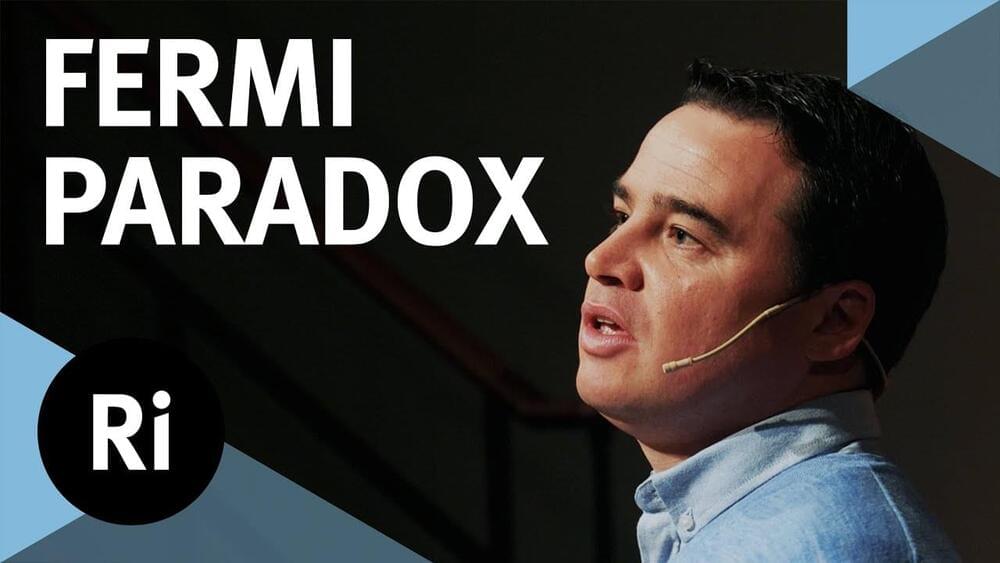
After six decades of examining signals from space, why have we yet to discover evidence of extra-terrestrial life?
Keith’s book “The Contact Paradox: Challenging our Assumptions in the Search for Extraterrestrial Intelligence” is available now — https://geni.us/JFpy.
For the past six decades a small cadre of researchers have been on a quest, as part of SETI, to search for extraterrestrial intelligence. So far, SETI has found no evidence of extraterrestrial life, but with more than a hundred billion stars in our Galaxy alone to search, the odds of quick success are stacked against us.
Continue reading “Why Have We Not Found Any Aliens? — with Keith Cooper” »
Nov 5, 2022
A new quantum component made from graphene
Posted by Dan Breeden in categories: particle physics, quantum physics
Less than 20 years ago, Konstantin Novoselov and Andre Geim first created two-dimensional crystals consisting of just one layer of carbon atoms. Known as graphene, this material has had quite a career since then.
Due to its exceptional strength, graphene is used today to reinforce products such as tennis rackets, car tires or aircraft wings. But it is also an interesting subject for fundamental research, as physicists keep discovering new, astonishing phenomena that have not been observed in other materials.
Nov 5, 2022
Quantum Error Correction: Time to Make It Work
Posted by Dan Breeden in categories: computing, quantum physics
Nov 5, 2022
Entangled Photons Can Come Out in Webs Now
Posted by Dan Breeden in category: quantum physics
The equipment that generates quantum entanglement is bulky and produces entangled photons just a pair at a time. Now scientists have created a device roughly one-third as thick as a penny that can yield complex webs of entangled photons—not just in pairs, but several pairs all linked together.
Nov 4, 2022
Are Newton’s Laws of Gravity Wrong: Observation Puzzles Researchers
Posted by Quinn Sena in categories: particle physics, quantum physics, space
With the new observations we are seeing a mixture of particle physics being the new physics governing even long standing laws like gravity. Also that string theory is still alive and well. I think we may never know everything unless we essentially get to a type 5 civilization or beyond.
Finding cannot be explained by classical assumptions.
An international team of astrophysicists has made a puzzling discovery while analyzing certain star clusters. The finding challenges Newton’s laws of gravity, the researchers write in their publication. Instead, the observations are consistent with the predictions of an alternative theory of gravity. However, this is controversial among experts. The results have now been published in the Monthly Notices of the Royal Astronomical Society. The University of Bonn played a major role in the study.
Continue reading “Are Newton’s Laws of Gravity Wrong: Observation Puzzles Researchers” »
Nov 4, 2022
Synthesizing quantum nanomagnets via metal-free multi-porphyrin systems
Posted by Saúl Morales Rodriguéz in categories: biotech/medical, chemistry, nanotechnology, quantum physics
A team of researchers at Shanghai Jiao Tong University, working with a pair of colleagues from Harvard University, has developed a new way to synthesize single quantum nanomagnets that are based on metal-free, multi-porphyrin systems. In their paper published in the journal Nature Chemistry, the group describes their method and possible uses for it.
Molecular magnets are materials that are capable of exhibiting ferromagnetism. They are different from other magnets because their building blocks are composed of organic molecules or a combination of coordination compounds. Chemists have been studying their properties with the goal of using them to develop medical therapies such advanced magnetic resonance imaging, new kinds of chemotherapy and possibly magnetic-field-induced local hyperthermia therapy. In this new effort, the researchers have developed a way to create molecular nanomagnets with quantum properties.
The technique involved first synthesizing a monoporphyrin using what they describe as conventional “solution chemistry”—the monoporhyrins were created by using an atomic-force microscope to pull hydrogen atoms off of polyporphyrins. The researchers then applied the result to a base of gold, which they placed in an oven and heated to 80 °C. This forced the rings in the material to become chained. They then turned the oven up to 290°C and then let the material cook for another 10 minutes. This resulted in the formation of additional carbon cycles and the creation of quantum nanomagnets.
Nov 4, 2022
Dead and alive at the same time: Black holes have quantum properties
Posted by Dan Breeden in categories: computing, cosmology, particle physics, quantum physics
Black holes have properties characteristic of quantum particles, a new study reveals, suggesting that the puzzling cosmic objects can be at the same time small and big, heavy and light, or dead and alive, just like the legendary Schrödinger’s cat.
The new study, based on computer modeling, aimed to find the elusive connection between the mind-boggling time-warping physics of supermassive objects such as black holes and the principles guiding the behavior of the tiniest subatomic particles.
Nov 2, 2022
Universal parity quantum computing, a new architecture that overcomes performance limitations
Posted by Dan Breeden in categories: computing, quantum physics
The computing power of quantum machines is currently still very low. Increasing performance is a major challenge. Physicists at the University of Innsbruck, Austria, now present a new architecture for a universal quantum computer that overcomes such limitations and could be the basis of the next generation of quantum computers soon.
Quantum bits (qubits) in a quantum computer serve as a computing unit and memory at the same time. Because quantum information cannot be copied, it cannot be stored in memory as in a classical computer. Due to this limitation, all qubits in a quantum computer must be able to interact with each other.
This is currently still a major challenge for building powerful quantum computers. In 2015, theoretical physicist Wolfgang Lechner, together with Philipp Hauke and Peter Zoller, addressed this difficulty and proposed a new architecture for a quantum computer, now named LHZ architecture after the authors.
